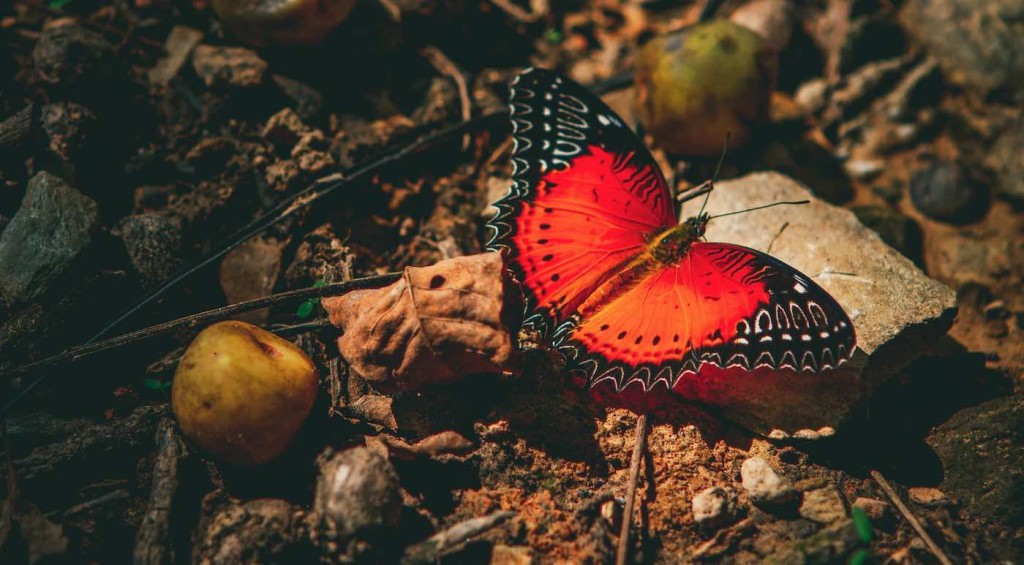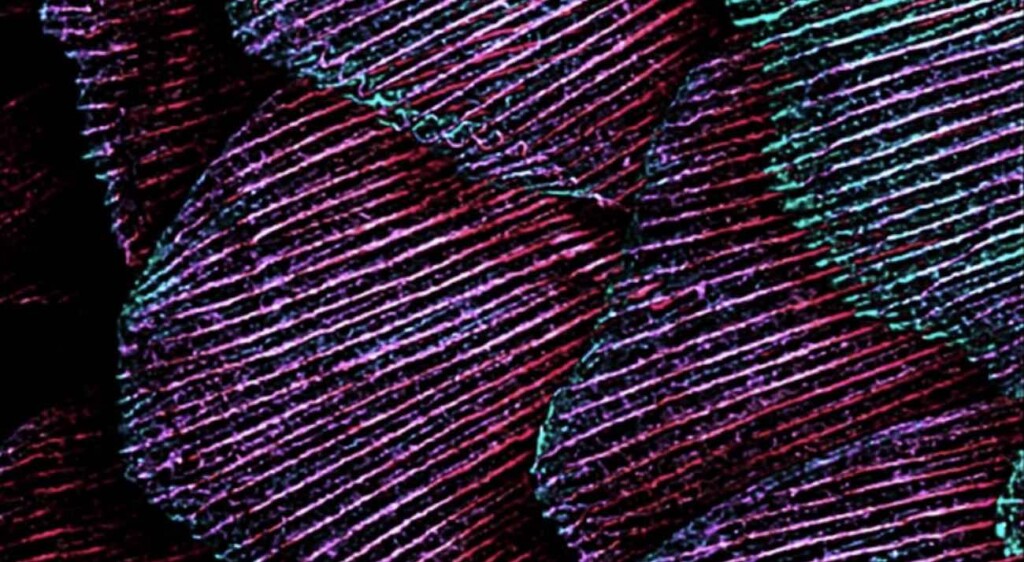Secret of How Butterfly Wings Get Their Vibrant Colors Is Discovered

Using cutting-edge high-resolution microscopy, researchers were able to track the developmental stages of butterfly scales, tracing their formation from caterpillar to butterfly and revealing how they become so vivacious.
Their work reveals that actin, a protein in butterfly’s scales, orchestrates the intricate arrangement of the colorful structures.
Conducted at the University of Sheffield and the Central Laser Facility, scientists noticed that the colorful scales had much denser actin bundles, creating more reflective ridges than dull-colored scales.
Using powerful microscopes, the researchers watched as actin shifted during scale growth and color formation, demonstrating how actin is crucial for creating a butterfly’s colors, and is likely a universal process among all butterflies. They also observed that if the actin structures were dismantled or too drastically altered, the colors faded before the eye.
“Actin is like a dressmaker, laying out and pinning the arrangement of these structures to shape the vibrant colors,” said Dr. Andrew Parnell, lead author of the study. “Once the actin has finished its work it departs the cell like the removal of pins in dressmaking.”
“Butterfly scale nanostructures are a powerful way in which to make long-lasting bright colors that don’t fade or become bleached by the ultraviolet rays of the sun. The museums of the world contain direct evidence of this,” he added.

By investigating the mechanisms behind butterfly wing coloration, researchers hope to gain insights into broader areas of cell structure formation, including potential applications in sensing and diagnostics that could be important for a whole host of technologies including medicine.
MORE BIOLOGICAL SCIENCES: Spiders Use Their Webs as Giant Microphones to Hear What’s Going on Around Them, Says New Research
The study also creates opportunities for the development of innovative technologies inspired by nature’s own creations.
Dr. Parnell said that replicating these actin structures offers “nature-inspired ways to make such bright colors.”
“This would be on a larger scale as new kinds of sustainable paints and coatings,” he said.
OTHER EXPLAINER STORIES: An Ancient Collapse of Earth’s Magnetic Field Led to Multicellular Animals Emerging
Structural color-based technologies, mimicking the reflective properties of butterfly scales, hold promise in fields such as sensors and medical diagnostics, offering rapid and responsive solutions outside traditional laboratory-based approaches.
The study was published in Nature Communications.
SHARE This Definitive Discovery In The Insect World With Your Friends…
>read more at © GoodNews
Views: 4